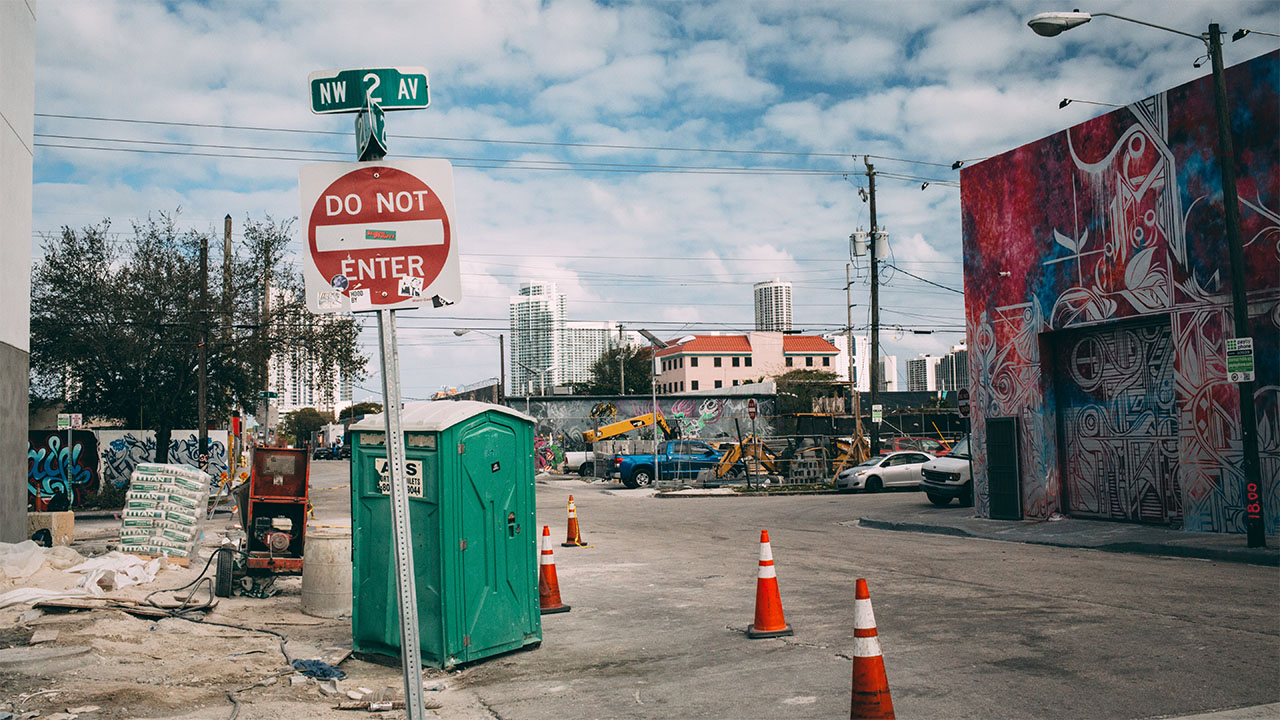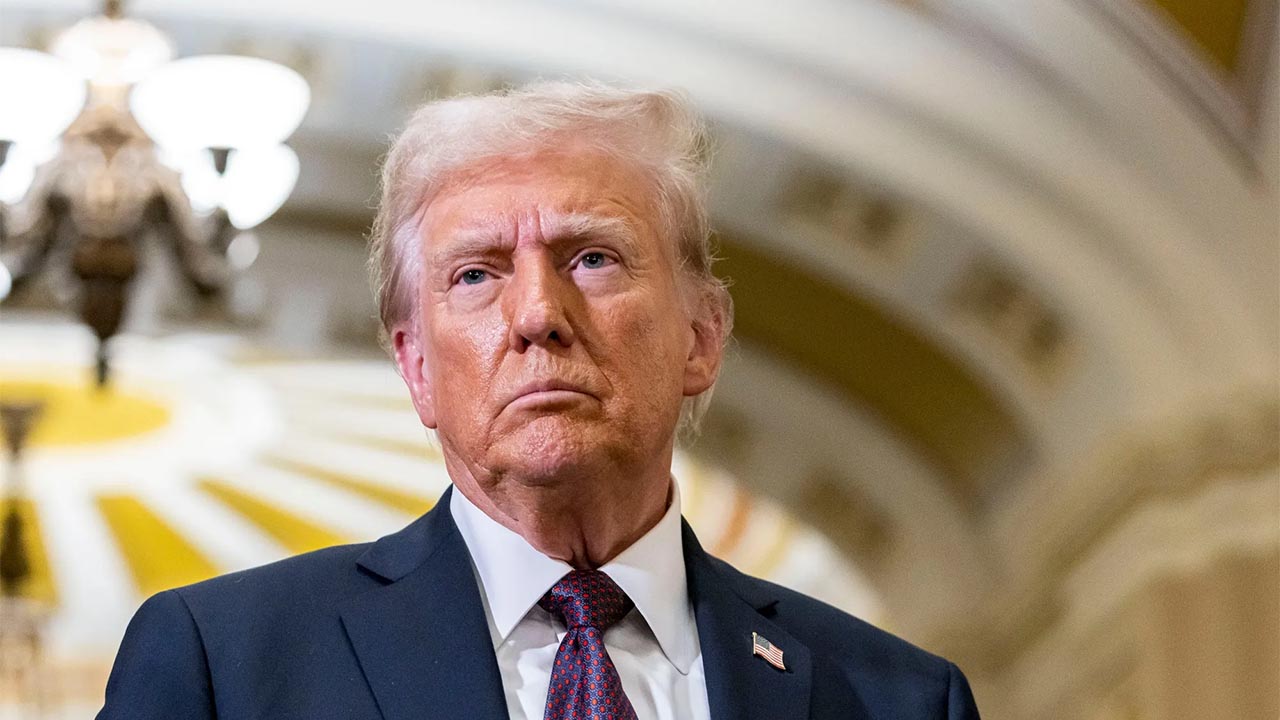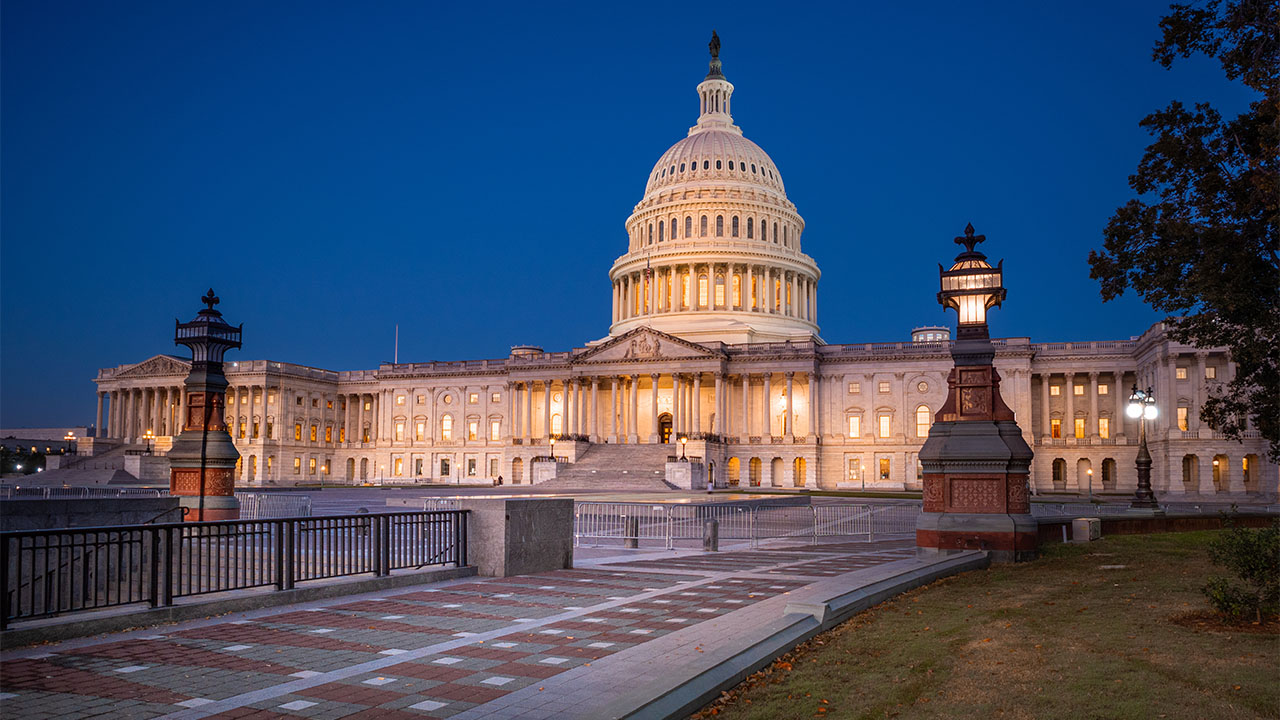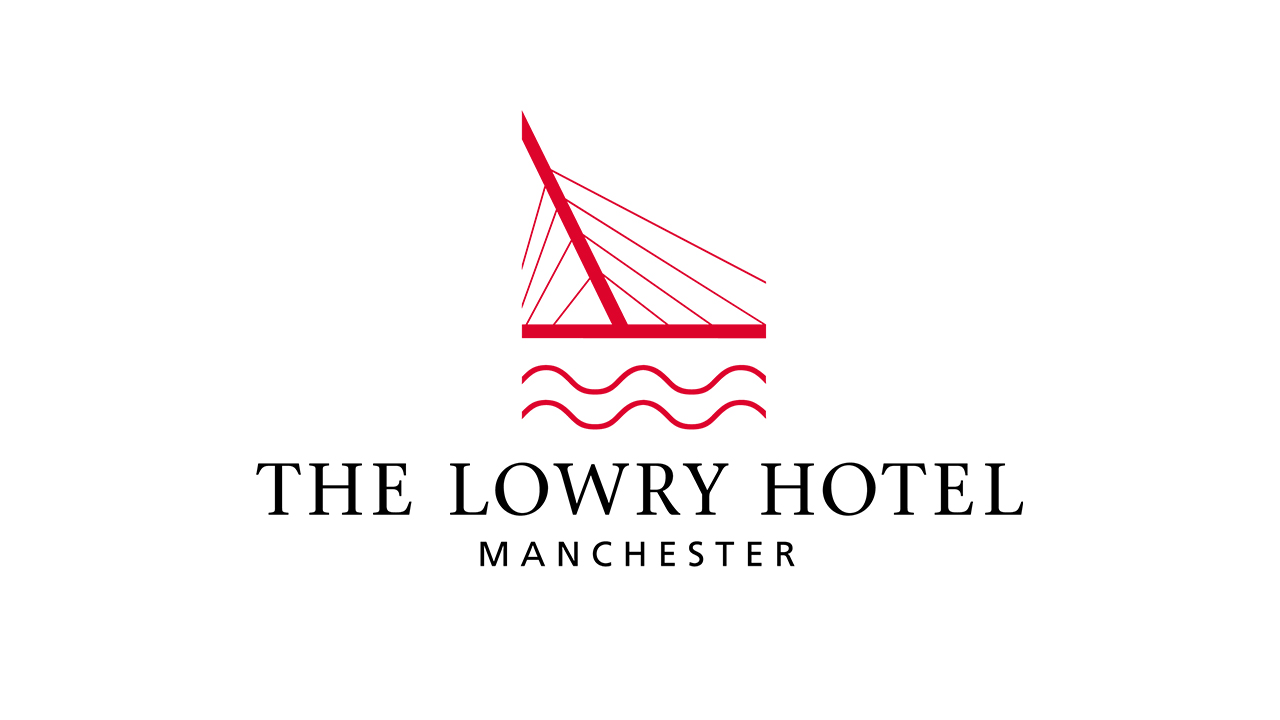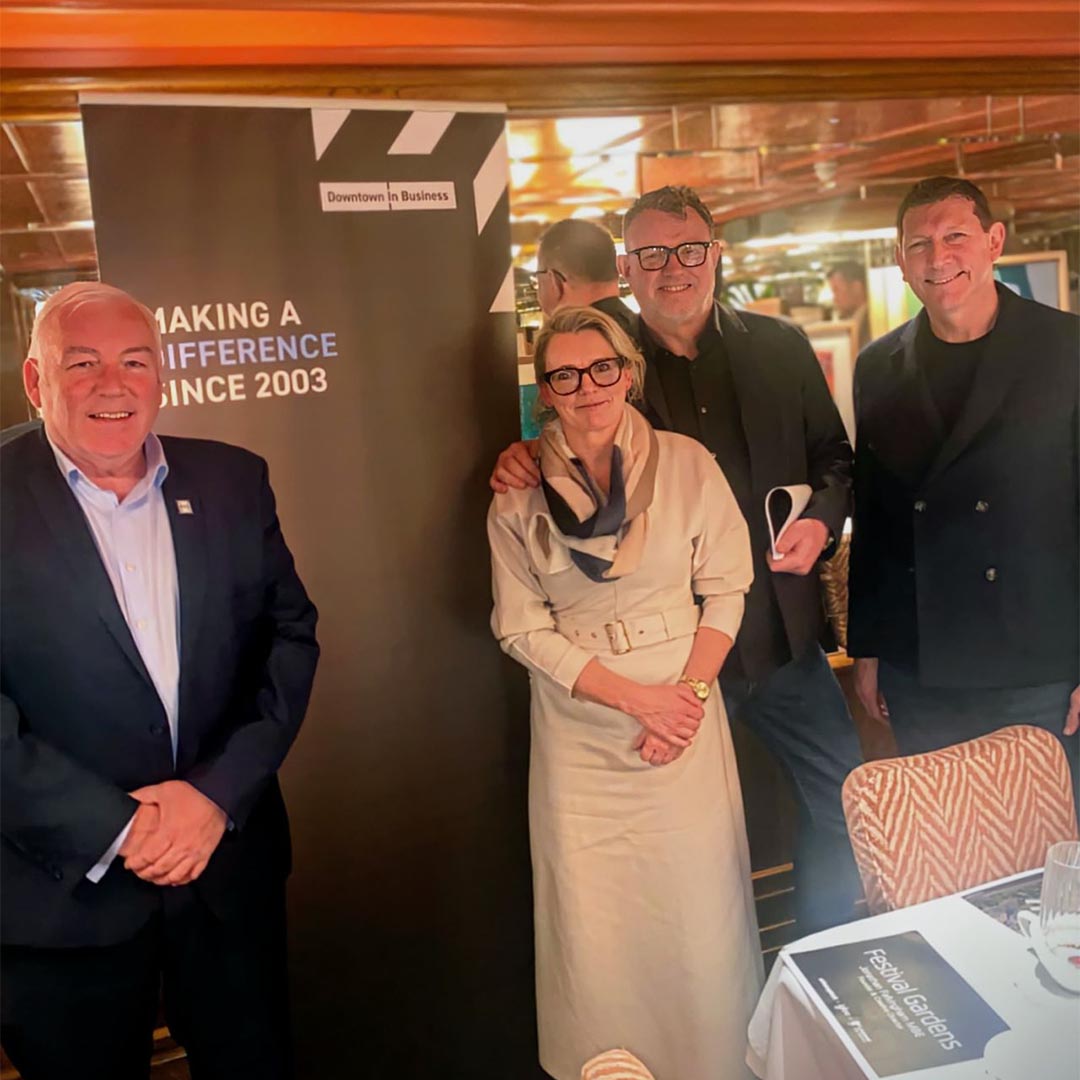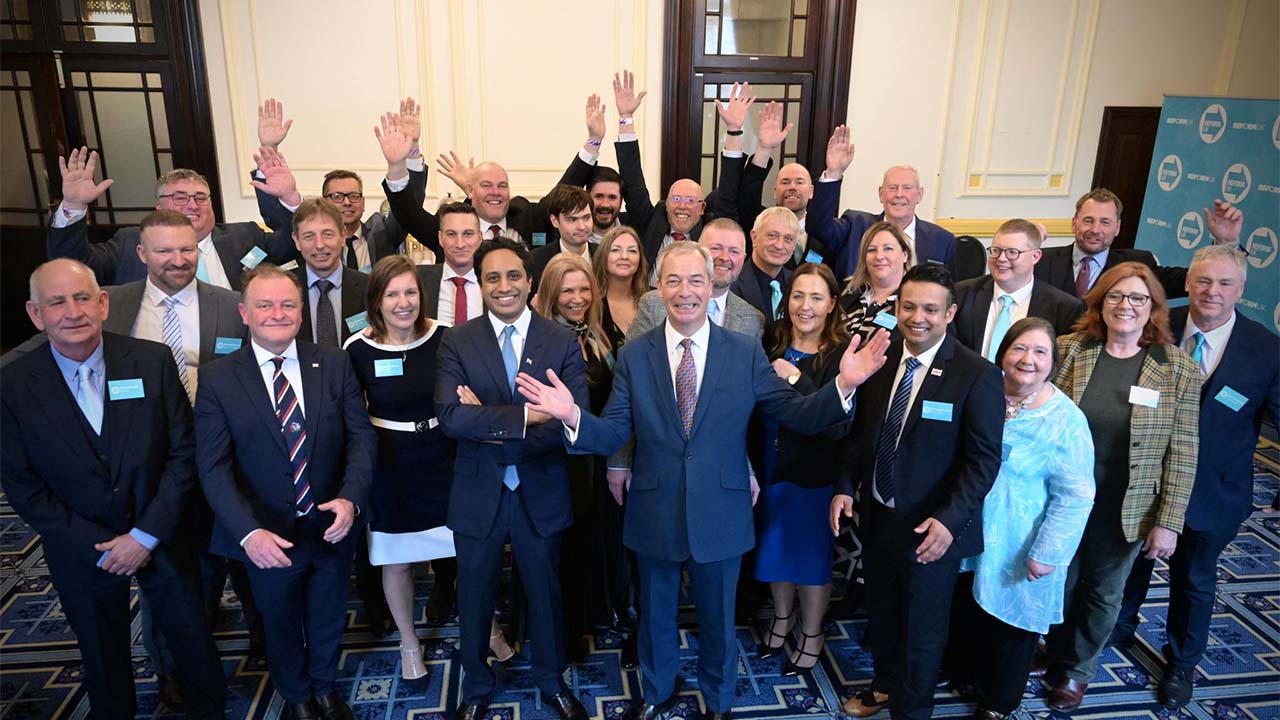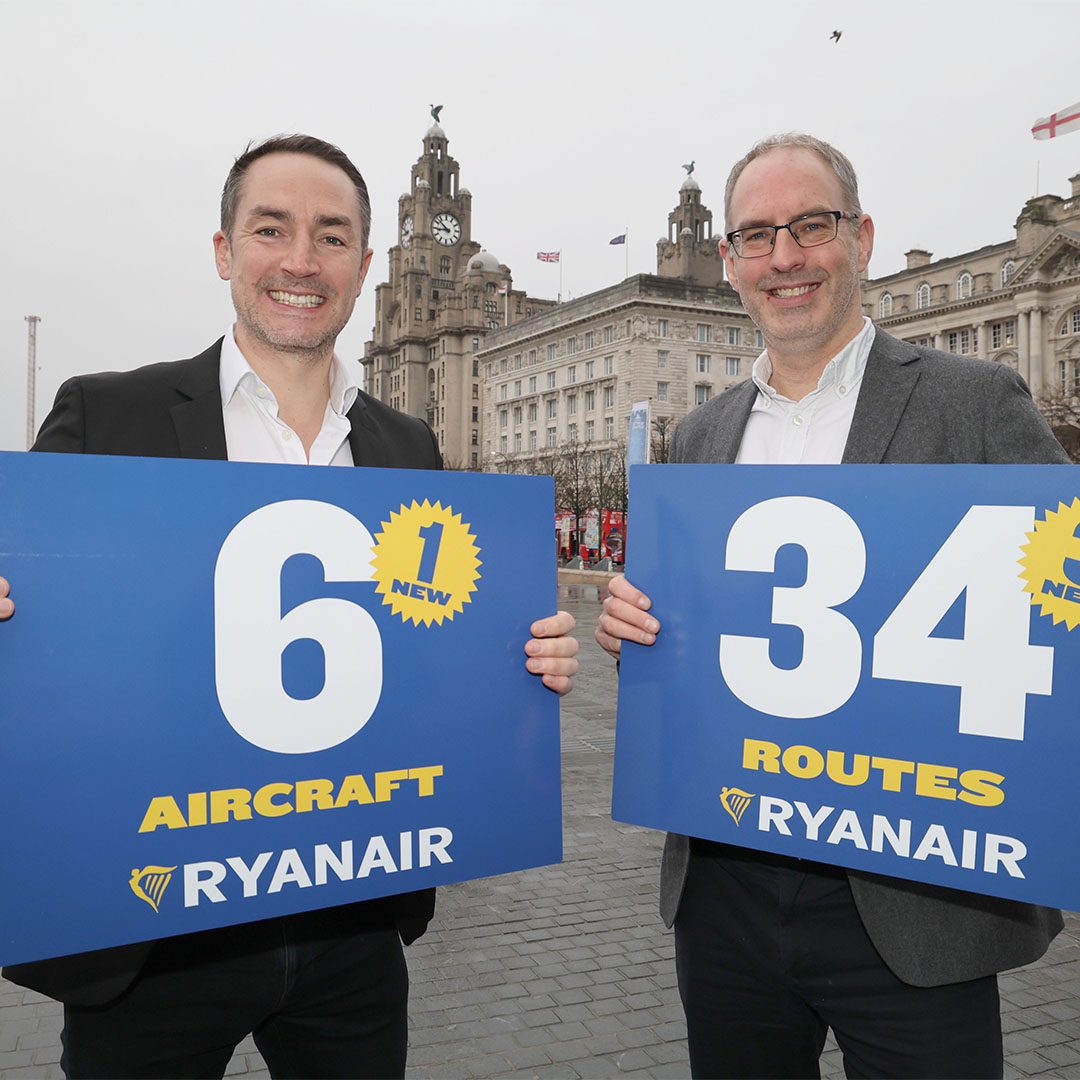Is this the end of America?
That may seem a little dramatic, even for a click bait blog like this, but it’s a question, not only worth asking, but one which is of interest to those keen to take the crown of world leadership.
The USA has been able to claim top spot for the 20th Century due to its pre-eminent position in military might, economic clout and political heft.
Wars have been started and ended, economies created and crushed, and global consumer capitalism has been spread far and wide via a FedEx plane, a Walmart store and an Amazon website.
But today, looking at the geopolitical crises, economic stagnation, and political polarisation engulfing the world, you do wonder if, just perhaps, the game is up.
When political scientists look at the rise and fall of nations, certain characteristics repeatedly appear.
George Rennie, a leading academic on US politics and international relations at the University of Melbourne pointed out in a recent article for The Conversation, a kind of Antipodean online version of The Economist:
“The US is increasingly performing poorly on key predictors of state failure – ethnic and class conflict, democratic and institutional backsliding, and other socio-economic indicators including healthcare and inequality”.
Yes, we’ve been here before – the Great Depression, Civil War, Watergate, Vietnam to name just a few previous crisis points for the great nation.
America has previously been confronted with serious issues relating to those indicators of a failing state – but perhaps not all at the same time.
We are now in the epicentre of all these things happening at once, the eye of a perfect storm.
The response to COVID-19 is a good illustration of the crisis on many levels.
The previously trusted institutions of the state, responsible and accountable for keeping us safe, failed. The roll-out of measures to protect the public was hap-hazard, access to vaccines was a zip-code lottery, and the nation’s privatised and insurance-dependent healthcare system creaked, buckled and failed for many American citizens especially the most vulnerable – the old, veterans, the poor and minorities.
Vast sums of money were spent on contracts with PPE providers who didn’t deliver, handouts which the working poor needed to pay bills and feed their family also ended up in the bank accounts of the wealthy who used it to expand their stock portfolios in the bio-healthcare firms who were profiting from the crisis and the US Government’s open cheque book approach to dealing with the crisis.
The COVID pandemic also fuelled the civil division which Rennie and others say marks the start of the end. As we are seeing in Iran today, when the people want something and the Government won’t give it them, it never ends nicely.
America is a nation divided. The United States – the concept that working together the states and commonwealths are bigger and better than the sum of their parts – is under threat.
Texans talk of secession. Floridians snarl at the idea Yankees or anyone north of the Mason-Dixon line are ‘taking over’ the sunshine state, and crazy Sarah Palin is still on the ballot ticket in Alaska talking about hunting and Russia and raising a militia. Furious citizens hate their government – initially the Federal one but increasingly all of it – on a level not seen before.
Never forget, the violently disgruntled – and those dark forces quick to fund and hurry America’s collapse – stormed the Capital building in scenes reminiscent of The Bastille – the trigger for the French Revolution – but without the Gallic flair, naked breasts and eloquent poets and artists.
While it may have been angry white hillbillies, shouty Karens and camo-clad conspiracy theorists – they were cheered on by Right-wing websites, racists and extremists and, most worryingly, the twitter feed of the soon-to-be-departing President of the USA from his White House bunker.
So, is it the start of the end?
I hope not, America is more a force for good than any of the other players waiting in the wings. But it is changing in a way which might be worrying citizens, institutions, politicians and businesses unwilling to change with it.
America no longer looks like the 1960’s TV soaps still on perpetual re-run. It isn’t a world which is overwhelmingly White apart from the help, patriarchal, unconcerned by monetary woes – and where the institutions we rely upon dispatched friendly police officers, firefighters and doctors to your property as quickly as you make the phone call to request them.
In America, they call that ‘Mayberry’. I think it burned down in the last episode.
But if you are Black, a woman, gender non-defined, or poor you are certainly not advocating a return to those values. But as the recent mid-term elections revealed – no one is offering a solution, just more of the same.
Its too easy to say this is all The Donald’s fault.
It is in fact a consequence of the decisions, actions and failures from way before Trump was even a hotelkeeper let alone a TV personality. Its likely these shortcomings created the conditions for an opportunist like Trump to claim the top spot.
Racial and class inequality has not been addressed and systemic failure lies at its core. Access to good housing, education, healthcare and career opportunities remains tantalisingly out of reach for too many Americans, while at the same time they are increasingly exposed to unfettered media access celebrating the inane lives of the fabulously wealthy – yes, you know who.
And external groups are quick to latch on to this frustration and provide easy scapegoats for why you aren’t as wealthy and happy as those people in your Instagram feed. It’s not you, it’s them. That lot. Those people.
The result is the polarisation we see today. Rural Alabama is a different place than metropolitan Chicago. Border towns in Texas look and feel like nothing a logging and timber community in Washington State would recognise.
The only thing they probably have in common is the plethora of fastfood joints lining the highways and the national advertising campaigns of Big Food – “Eat More”, Big Pharma – “Prescribe More” and Big Debt “Borrow More”.
America’s future is probably one which is more fragmented.
In the past, as one superpower declined, another stepped up and took its place – that, after all, is the History of Europe. But second placed China, distant third India and former superpower Russia aren’t ready to fill Uncle Sam’s shoes.
And with geo-politics, like nature, abhorring a vacuum, something else fills its place.
Today a number of non-state actors are exerting untold power. Some are wealthy corporations, others benevolent billionaires and some ugly militant extremists.
Perhaps the future is The United States of (Insert sponsors name). Or we could have Arkansas, brought to you by Walmart.
Not a particularly appealing prospect I’m sure you would agree.
Join me in rallying for America, the one we believe in, to bounce back – its happened before.


